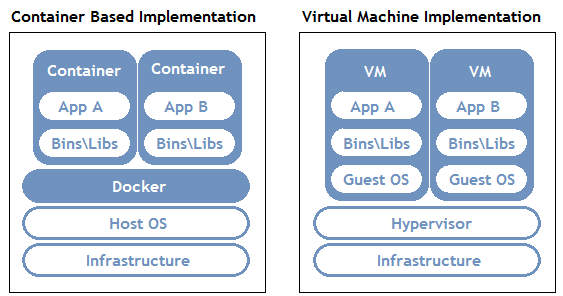


You may also want to create an account on DockerHub and log into your account before building images, in case you are pulling something from DockerHub.
#Docker for mac disk image size install
Building a whole LAMP stack can be challenging, so we are going create a simple Apache server image with Dockerfile.ĭockerfile is basically a set of instructions to install all the needed packages, configure, and copy files. You can see all three images: dockp, Ubuntu, and hello-world, which I created a few weeks ago when working on the previous articles of this series. Let’s check all the Docker images you have in your directory: $docker images REPOSITORY TAG IMAGE ID CREATED SIZE dockp latest 2a4cca5ac898 1 hour ago 111MB ubuntu latest 2a4cca5ac898 1 hour ago 111MB hello-world latest f2a91732366c 8 weeks ago 1.85kB You can run all native Ubuntu commands and CLI utilities. You should see root prompt: means you are literally running bare minimal Ubuntu inside Linux, Windows, or macOS. It’s time to run and test your image: $ docker run -it Ubuntu (Note the dot at the end of the command.) This should build successfully, so you’ll see: Sending build context to Docker daemon 2.048kB Step 1/1 : FROM ubuntu -> 2a4cca5ac898 Successfully built 2a4cca5ac898 Successfully tagged dockp:latest Now create your new image and provide it with a name (run these commands within the same directory): $ docker build -t dockp. Now create a Dockerfile inside the dockerprojects directory using your favorite text editor I prefer nano, which is also easy for new users. In this example, I will use Ubuntu.īefore we start building our images, let’s “containerize” them! By this I just mean creating directories for all of your Docker images so that you can maintain different projects and stages isolated from each other. You can get Alpine (the official distro used by Docker Editions), Ubuntu, BusyBox, or scratch. We are going to use prebuilt images to get the base Linux subsystem, as it’s a lot of work to build one from scratch. There are prebuilt images available on DockerHub that you can use for your own project, and you can publish your own image there. In this article, we will get a basic understanding of creating Docker images.
#Docker for mac disk image size how to
In the previous article, we learned about how to get started with Docker on Linux, macOS, and Windows.


 0 kommentar(er)
0 kommentar(er)
